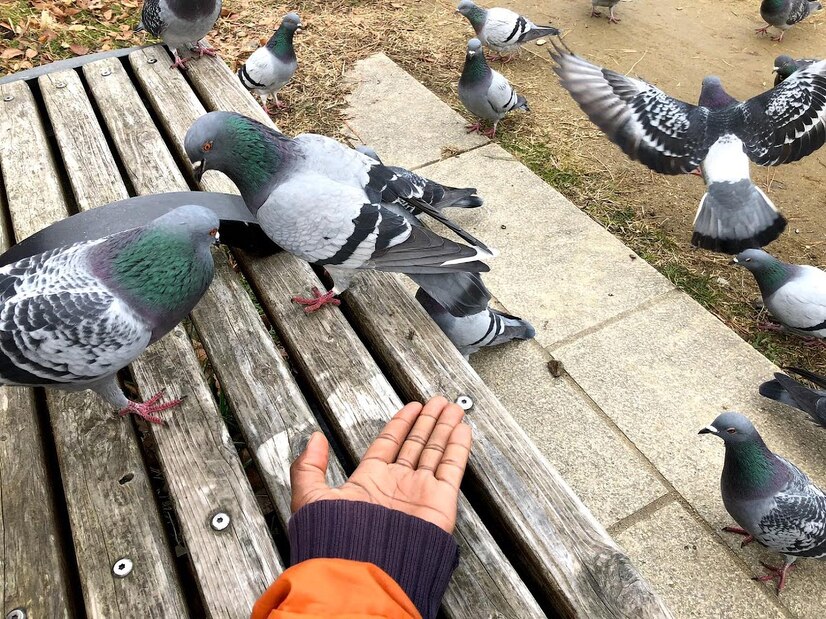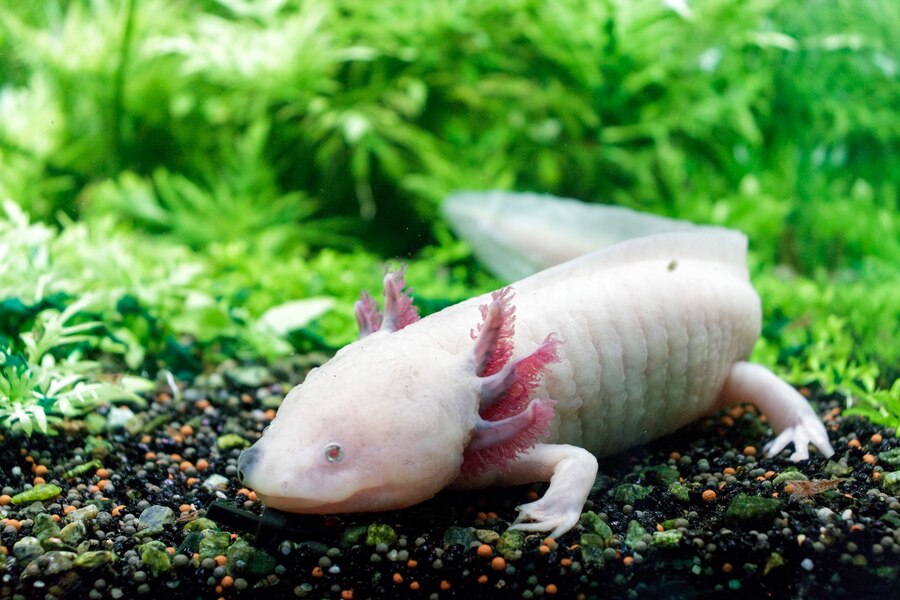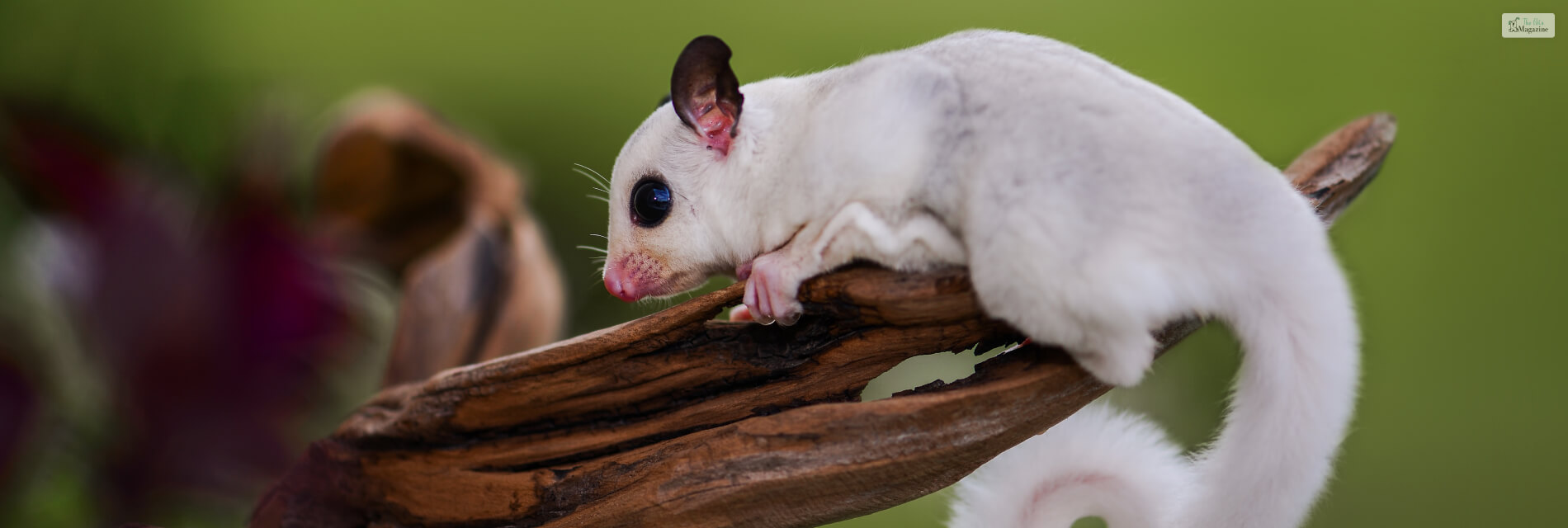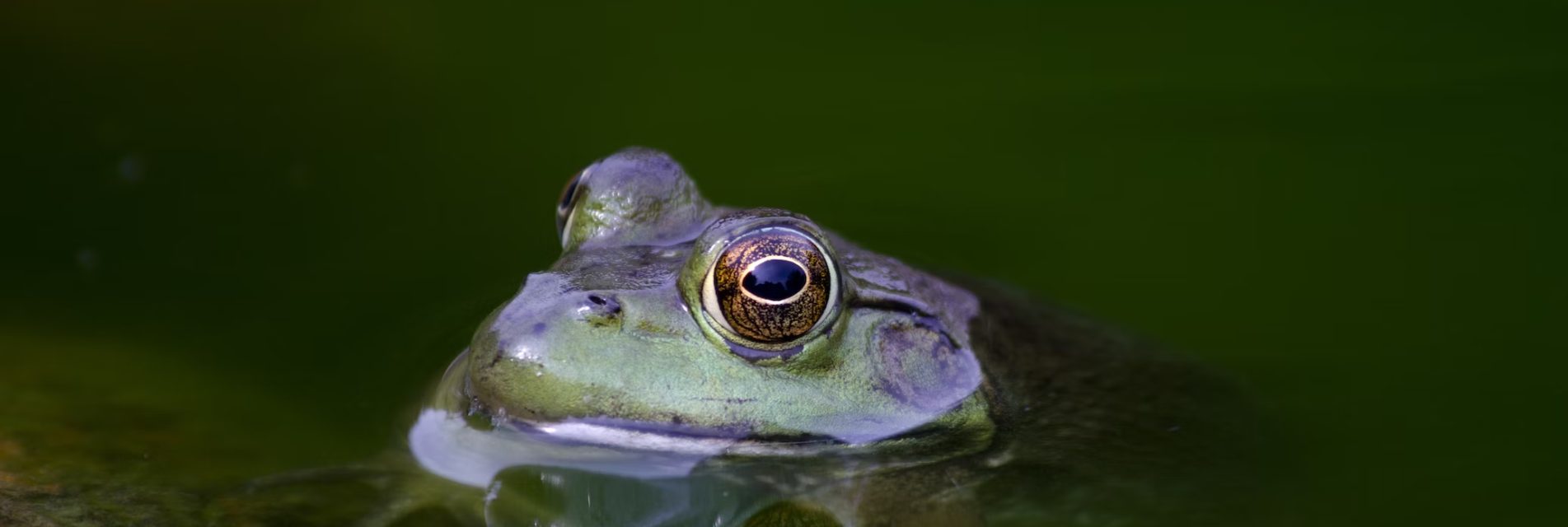Proven Techniques And Practical Tips For Effective Pigeon Control


Ever found yourself gazing out the window, only to be greeted by a flock of pigeons perched proudly on your rooftop or balcony? I’ve been there, feeling a mix of frustration and helplessness as these feathered visitors leave behind a mess, often damaging property. While pigeons can be charming from a distance, their close-up presence in our living spaces brings a unique set of challenges.
But here’s the good news: you don’t have to resign yourself to being at the mercy of these urban dwellers. Taking control of a pigeon situation only requires you to understand their habits and outsmart them with clever tactics.
In this guide, I’ll share some practical, long-lasting pigeon control solutions to reclaim your space from these winged guests. So, if you’re tired of the constant cleanup and looking for ways to effectively manage your pigeon predicament, you’re in the right place.
Why Do Pigeons Frequent Your Balcony Or Roof?
Wondering why pigeons seem particularly fond of your balcony or rooftop? It’s not just your space they’re after; it’s the welcoming environment it provides.
Our urban landscapes mimic the natural cliffside habitats pigeons originally come from. The ledges, nooks, and crannies of our buildings offer ideal nesting spots. And it doesn’t stop there. The ample food supply, from our discarded leftovers to bird feeders, is like an open invitation for these birds. Essentially, our homes inadvertently roll out the red carpet for them.
Unfortunately, pigeons are creatures of habit. Once they find a spot that offers food, shelter, and safety, they’re likely to return, bringing their flock along. They are social and tend to stick together in groups, quickly turning a small visit into a full-blown infestation.
What Can You Do To Prevent The Infestation?
When it comes to keeping pigeons at bay, cleanliness isn’t just about aesthetics; it’s a strategic move.
Pigeons are attracted to spaces that offer easy access to food. This means that the crumbs in your backyard or the open trash can are practically a dinner invitation for these birds. Regularly cleaning these areas, ensuring no food is left out, and securing your garbage bins can significantly reduce their interest in your space.
Sometimes, it’s not just the food but the availability of water that draws them in. Check for and eliminate any standing water on your property, be it a birdbath, clogged gutter, or even a pet’s water bowl left outside.
Finally, tidy up potential nesting areas. Pigeons look for cozy, undisturbed spots to nest. This often means cluttered or rarely disturbed areas like storerooms, unused balconies, or sheltered ledges become their prime real estate. Regularly cleaning and rearranging these spaces can discourage pigeons from settling in.
If You’re Already Past Prevention Stage, It’s Time For Control
If you can’t salvage the situation with prevention alone, don’t lose hope. There are several effective and proven techniques that you can use to reclaim your space. Here are some personal favorites:
Read Also: The Best Names For Grey Cats: From Classic To Modern
Physical Barriers Are Your Best Bet For Immediate Results
When pigeons have already made themselves home in your space, it’s time to bring out the big guns: physical barriers. Installing bird netting around balconies or rooftops can prevent pigeons from accessing these areas. Bird spikes on ledges and window sills are also a great way to deter them from landing and nesting. It’s a straightforward solution that offers long-lasting results.
Use Repellents To Your Advantage
There’s a variety of repellents available that can make your space less appealing to pigeons. Chemical repellents, for instance, create an uncomfortable environment for them, while natural options like peppermint oil or chili pepper can be effective without being harmful. Ultrasonic devices emit sounds that are irritating to pigeons but not to humans and are another innovative option.
Employ Decoys And Deterrents
Sometimes trickery is the best tactic. Decoys, such as fake owls or hawks, can instill fear in pigeons, as these are natural predators. Reflective surfaces, like mirrors or old CDs, will also disorient and deter pigeons with their light reflections.
When You Have A Persistent Pigeon Problem, Turn To Advanced Control Methods
When the usual tactics don’t cut it, it’s time to consider some advanced strategies. These methods are particularly useful if you’re dealing with a persistent pigeon problem that hasn’t responded to simpler solutions.
Professional Trapping
Sometimes, the situation calls for a more hands-on approach. Professional trapping can be a humane way to remove pigeons from your property. Wildlife control experts can safely trap and relocate these birds, ensuring that the pigeons and your property are treated respectfully.
Implementing Birth Control Measures
An innovative and long-term solution to control pigeon populations is through birth control. Specialized feed containing birth control substances can be used to manage the number of pigeons in a given area without harming them. This method is especially useful in urban settings where large flocks are common.
Seek Expert Advice And Services
If you’re at your wits’ end, it might be time to call in the experts. Pest control services deal with pigeon infestations and can offer tailored solutions. They can assess your specific situation and provide a comprehensive plan, which might include a combination of physical barriers, repellents, and other advanced techniques.
Read Also:








All Comments
Roy Campbell
9 March, 2024
Your posts are always so well-researched and informative I appreciate how thorough and detailed your content is.
Reply